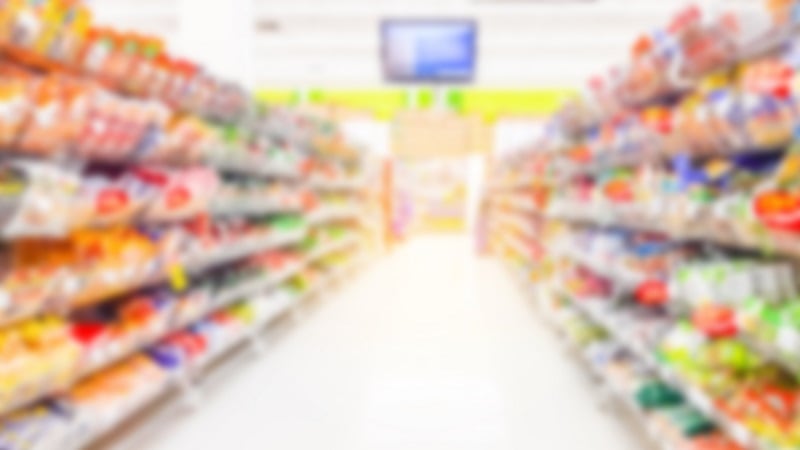PepsiCo brushed aside concerns that recent plans to eliminate petroleum-based food dyes from the US food supply chain and efforts to remove candy and sodas from government food assistance programs will impact its business, as the CPG giant works toward returning growth to its North American snack and beverage businesses.
PepsiCo is reformulating many of its popular snacks to remove artificial colors, with more than 60% of its US food products already containing no synthetic food dyes, Ramon Laguarta, CEO and chairman of the board, said during an investors’ call for the company’s Q1 2025 results.
“In the next couple of years, we will have migrated all the portfolio into natural colors, or at least provide the consumer with natural color options. And obviously, every consumer will have the opportunity to choose what they prefer. So that is the journey we are undergoing,” Laguarta said.
“Brands, like Lays, will be out of artificial colors by the end of this year - the same with Tostitos,” he added.
This week, the HHS and FDA announced plans to phase out petroleum-based food dyes by the end of 2026, but the agencies fell short of creating a mandate, instead prioritizing collaboration with the food and beverage companies, as previously reported.
This news follows the FDA rescinding its authorization of Red No. 3 under the Biden administration and statewide bans of various artificial food dyes.
SNAP restrictions will have ‘very limited impact’
PepsiCo expects a “very limited impact” on its business of state pilots to limit the use of Supplemental Nutrition Assistance Program (SNAP) funds to buy soda but is carefully watching how the regulation evolves, Laguarta elaborated.
Arkansas, Idaho and Indiana are proposing restrictions on low-income US consumers from using SNAP benefits to purchase candy and soda, as a direct effort to address the US obesity and diabetes epidemic, as previously reported. The food industry warned that the change could create confusion and longer lines at the grocery store. Public health advocates also note that soda and candy consumption is not higher among lower-income consumers.
PepsiCo lowers 2025 guidance on tariffs
Tariffs, slumping consumer confidence in the economy and “subdued performance” are pressuring PepsiCo’s business, Jamie Caulfield, executive VP and CFO of PepsiCo, explained during the investor call. PepsiCo ran “various scenarios of what could happen,” with tariffs and factored those outcomes into its updated guidance, he added.
PepsiCo now expects core earnings per share to decline 3% in 2025, compared to the previous projection of mid-single-digit growth.
“We probably are not feeling as good about the consumer now as we were a few months ago,” Caulfield said.
PepsiCo focuses on Frito-Lay turn-around plan
PepsiCo updated investors on its three-point turn-around plan for its North American Frito-Lay business, focused on refreshing product lines, investing in specific brands and categories to drive growth and broadening PepsiCo’s presence in social eating occasions, as shared in its full-year 2024 results.
The CPG giant “is still early in the rollout of the strategy” but is already experiencing “meaningful improvements in units,” especially for options below $2 – often sold at foodservice establishments – and multi-packs, Laguarta said.
“We are optimistic that as we execute the full playbook – including take home eventually later in the year – that is going to keep consumers in the category, and it is going to increase the frequency of consumption of those consumers,” Laguarta elaborated.
PepsiCo Q1 2025 quarter by the numbers
For the quarter ending March 22, PepsiCo’s North American Food and Beverage businesses declined 1% and 3%, respectively. This follows a downward trend from last year, where Frito-Lay North America volumes declined 2.5% and its North American beverage business dipped 3% in 2024, compared to 2023 full-year results.
PepsiCo now includes its Quaker Oats business under the total North American food segment, where the businesses were reported separately before.
PepsiCo’s international volumes did not fare much better in the first quarter. PepsiCo’s Europe, Middle East and Africa convenient foods and beverages business declined 9% and 4%, respectively, while its Latin America Foods business dropped 0.5%. However, Asia Pacific Foods and Latin America Foods, each grew 3%.
PepsiCo stock dropped nearly 5% on April 24, as investors were concerned tariffs will impact the company moving forward.



